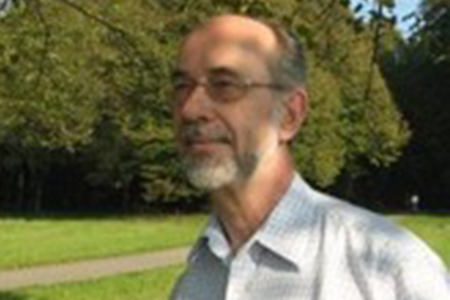 Father Titus lived in Oss from 1909 to 1923. All those years he taught philosophy to the brothers of the Order. But he always kept his eye on the world around him.– first on the City of Oss. Oss was a town with a growing industry. There was a small upper class of very wealthy manufacturers. But most of the inhabitants were farmers who worked in the factories. For Titus, the serious question arose: how can God’s mercy and love be seen in this society?
Father Titus lived in Oss from 1909 to 1923. All those years he taught philosophy to the brothers of the Order. But he always kept his eye on the world around him.– first on the City of Oss. Oss was a town with a growing industry. There was a small upper class of very wealthy manufacturers. But most of the inhabitants were farmers who worked in the factories. For Titus, the serious question arose: how can God’s mercy and love be seen in this society?
Today Titus is remembered in Oss, especially as a socially engaged Carmelite. He wanted to elevate the little people and offer them chances for the future. He took initiatives to improve the lot of the poor and involved the well-to-do citizens in this. Above all, Titus wanted a harmonious community in which people could be themselves and build a future. He was a builder of “community spirit.” He was a unifying force in the years of rising industry that brought bitter poverty. In this, he was guided by the Catholic values that he explained in a progressive way. In his progressive thinking and actions, he was a prophetic figure. The lasting fruits of his work are the public library and the Titus Brandsma Lyceum (school). Both institutions are celebrating their 100th anniversary.
In this way, Titus experienced a spirituality suited to the spirit of that time and place. As a religious, a Carmelite, he wanted to understand the times and not place himself outside their influence. In the everyday reality of the social environment, God wants to be sought and found. In this, there is an inspiration that transcends all time: God lives in every person and every person bears God’s image that demands reverence and respect. Little people are precious in God’s eyes. More than his contempoaries, Titus saw and experienced this. As a contemplative, Titus looked at reality right down to the essentials, including God.
During this period, Titus was deeply involved in the Catholic life of the Netherlands. He had unceasing dedication to all kinds of Catholic organisations. His speech as rector magnificus on the concept of God and his teaching of philosophy and mysticism spoke to many. The modernisation of the Catholic daily press and the advocacy of free and honest journalism ran through his entire life. His fundamental opposition to the ideology of National Socialism on a religious grounds was well known. But strongest of all was his desire to see the image of God in every human being. He was an encouraging pastor for fellow prisoners. He remained respectful to his torturers as people in whom the image of God had been seriously violated.
For me is Titus an appealing and exemplary saint for the universal Church. The traits of Titus’ holiness find their origin in the period that Titus in Oss wanted to see God’s image in the people for whom he devoted himself. We rightly pray for the intercession of Titus Brandsma as the Saint of Oss.
Father Tom Buitendijk, O. Carm.
Titus Brandsma Parish – Oss, The Netherlands
